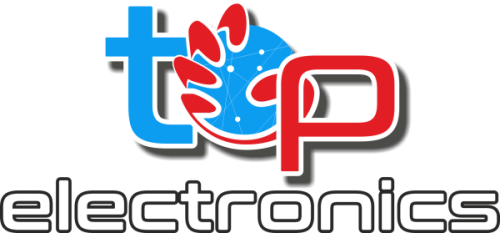Feature:
4 string 16.8V 40A lithium battery protection board (comes with recovery function-AUTO Recovery)
Scope: Nominal voltage of 3.6V, 3.7V lithium battery (including 18650,26650, polymer lithium battery)
Product Size: 45 * 55 * 3.4mm (Standard Edition / Enhanced), 46 * 60 * 3.4mm (balanced version)
Product weight: 9.3g (standard / enhanced version), 10.3g (balanced version)
Charging voltage: 16.8V - 18.1V
Continuous discharge current (upper limit): 40A (if the cooling environment is not good, please reduce the load current use)
Continuous charge current (upper limit): 20A
Equalization version: suitable for starting current below 80A, power 135W below the drill.
| Project
|
Min.
|
Typ.
|
Max.
|
Units
|
| Consuming current
|
12
|
18
|
24
|
uA
|
| Overcharged protection voltage
|
4.2
|
4.25
|
4.3
|
V
|
| Balanced starting voltage
|
4.17
|
4.2
|
4.23
|
V
|
| Equilibrium current
|
95
|
100
|
105
|
mA
|
| Balanced heating power
|
1.56
|
1.72
|
1.91
|
W
|
| Overcharge recovery voltage
|
4.1
|
4.15
|
4.2
|
V
|
| Over-discharge protection voltage
|
2.4
|
2.5
|
2.6
|
V
|
| Overvoltage protection after over-discharge protection
|
2.8
|
3
|
3.2
|
V
|
| Overvoltage protection after over-discharge protection
|
3.2
|
3.5
|
3.8
|
V
|
| Over-discharge recovery voltage
|
2.9
|
3.2
|
3.3
|
V
|
| Conduction internal resistance
|
2.5
|
3
|
3.5
|
mQ
|
| Overcurrent protection current C
|
70
|
80
|
90
|
A
|
| Overcurrent delay time
|
100
|
150
|
200
|
ms
|
| Continuous operating current
|
0
|
40
|
40
|
A
|
| Continuous output power
|
0
|
672
|
672
|
W
|
| Ambient temperature
|
-40
|
25
|
85
|
°C
|
>td >Unable to charge>td >Repair welding>td >Remove the component and re-weld
| Troubleshooting:
|
|
|
| Fault phenomenon
|
Fault check and cause
|
|
Measuring the voltage of 4 groups of batteries.
when one of the battery voltages exceeds 4.25V,
the protection board will activate overcharge protection.
|
Pair the battery pack well, do not mix
the good battery and the bad battery.
|
| Unable to discharge
|
Measuring the voltage of 4 groups of batteries.
when one of the battery voltages is lower than 2.7V,
the protection board will activate the over-discharge
protection.
|
Pair the battery pack well, do not mix
the good battery and the bad battery.
|
Charging/discharging
failure
|
OV, 4.2V, S.4V, 12.6V, 16.8V miswired
|
Rewire or replace the new board
(human failure, no warranty)
|
Overcharge/overdischarge
failure
|
OV, 4.2V, 8.4V, 12.6V, 16.8V miswired
|
Rewire or replace the new board
(human failure, no warranty)
|
| Discharge protection
|
Check that the battery pack has sufficient discharge
capability and check that the load's starting current
exceeds the overcurrent protection current of the
protection board.
|
Replace the battery pack with a higher
discharge capacity, or a protective
plate with a larger current
(super working range)
|
| Component soldering
|
and the PCB pad.
|
| Component welding
|
component.
|
| Electrostatic breakdown A
|
In the unpowered state, measure the G, D, and S
poles of the MOSFET. If the forward and reverse
resistances of any two pins are 0Q,
it indicates that it has broken down.
|
Remove the replacement MOS tube
|
| Electrostatic breakdown B
|
Remove the MOS tube and measure the resistance
of the G and D, G and S poles of the MOS tube.
If there is a resistance indicating that it has broken
down, the resistance should be infinite.
|
Remove the replacement MOS tube
|

.png?1671784274334)
